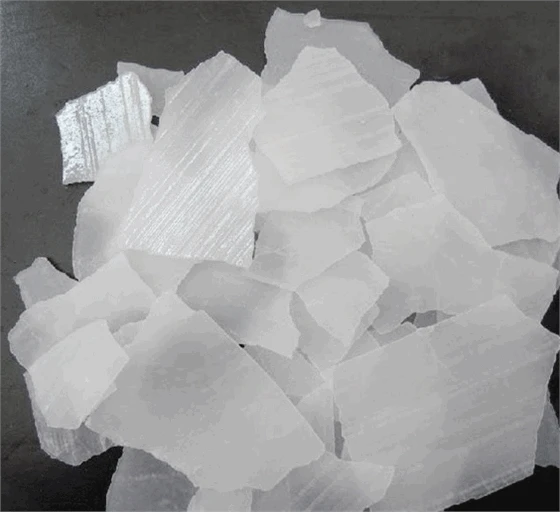



What substance is commonly used for water sterilization and purification?
Which Substance is Used to Sterilize Water?
Water is a vital resource, essential for life and health. However, it's not always pure and can carry harmful microorganisms, including bacteria, viruses, and protozoa. To ensure its safety for drinking and other uses, various substances are employed in the process of water sterilization. Among these, chlorine stands out as one of the most widely utilized disinfectants.
Chlorine, a chemical element with symbol Cl, has been used for water treatment since the early 20th century. It is effective against a broad spectrum of pathogens and is relatively inexpensive and easy to use. When added to water, chlorine reacts with organic and inorganic materials, forming various compounds that can kill or inactivate harmful microorganisms. This process is known as disinfection.
Which Substance is Used to Sterilize Water?
However, while chlorine is an effective disinfectant, it is not without its downsides. The reaction between chlorine and organic matter can produce disinfection byproducts (DBPs), some of which are harmful and potentially carcinogenic, such as trihalomethanes (THMs). To mitigate these risks, water treatment facilities carefully monitor and control chlorine levels and implement strategies to minimize the formation of DBPs.
which substance is used to sterilise water

In addition to chlorine, other substances and methods are also used for water sterilization, particularly in specific contexts. For instance, ozone is another powerful disinfectant that can be used to purify water. Ozone (O3) is a molecule consisting of three oxygen atoms, and it is particularly effective at killing bacteria and viruses due to its strong oxidative properties. Unlike chlorine, ozone does not leave a residual disinfectant, so it is often used in combination with other methods or substances to ensure ongoing protection.
Ultraviolet (UV) light is another modern method used for water sterilization. UV disinfection works by using UV radiation to inactivate microorganisms by damaging their DNA, preventing them from reproducing. This method has the advantage of leaving no residual chemicals in the water, making it an attractive option for many. However, UV disinfection requires clear water, as turbidity can hinder light penetration and reduce effectiveness.
Finally, other chemical agents, like iodine and hydrogen peroxide, have also been used for water sterilization, particularly in disaster response scenarios or for personal water treatment systems, such as those used by hikers and campers. Iodine tablets or solutions can quickly disinfect small quantities of water; however, they may not be suitable for everyone, particularly those with certain health conditions.
In summary, while several substances can be used to sterilize water, chlorine remains the most prevalent choice in municipal water systems due to its effectiveness, cost, and residual properties. Other methods, such as ozone and UV light treatment, are also valuable tools in specific contexts. Ultimately, the choice of disinfectant depends on various factors, including the nature of the water source, the presence of contaminants, and regulatory requirements aimed at ensuring safe drinking water for all.
-
Why Sodium Persulfate Is Everywhere NowNewsJul.07,2025
-
Why Polyacrylamide Is in High DemandNewsJul.07,2025
-
Understanding Paint Chemicals and Their ApplicationsNewsJul.07,2025
-
Smart Use Of Mining ChemicalsNewsJul.07,2025
-
Practical Uses of Potassium MonopersulfateNewsJul.07,2025
-
Agrochemicals In Real FarmingNewsJul.07,2025
-
Sodium Chlorite Hot UsesNewsJul.01,2025










